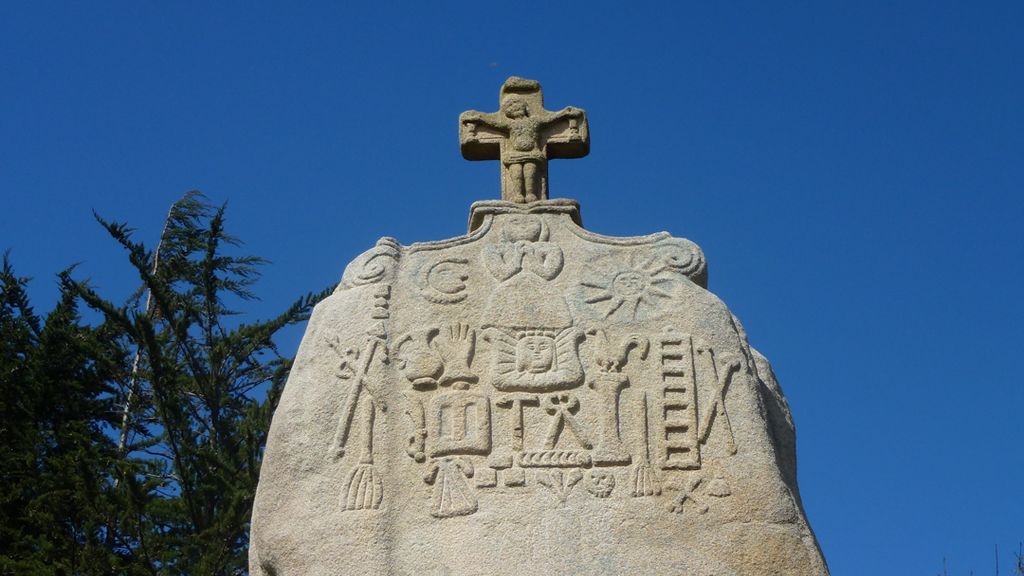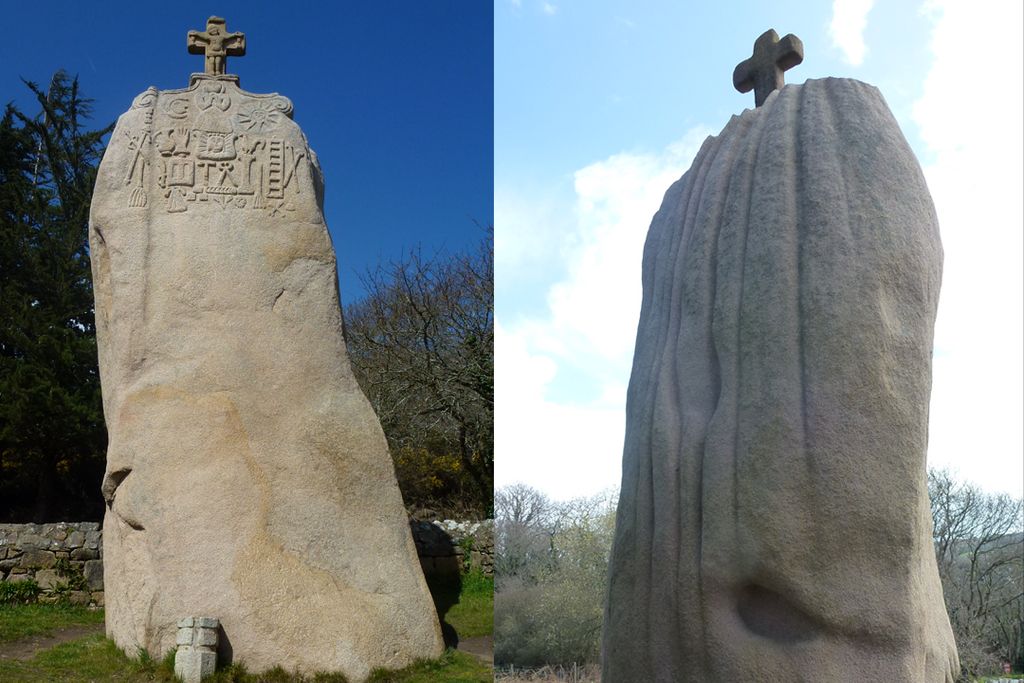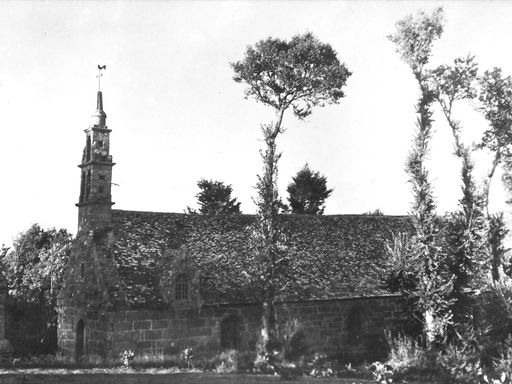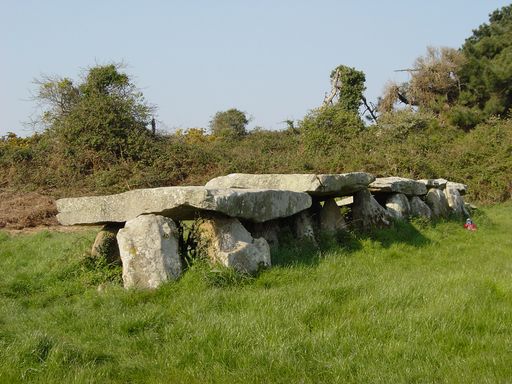
Saint Uzec menhir
Pleumeur-Bodou

About
A menhir 7.40 m high and 2 m wide stands in Saint-Uzec. Imagine our Neolithic ancestors transporting this huge block of granite weighing 60 tonnes! These megaliths probably fulfilled a religious role, although our understanding of their purpose remains limited. In the seventeenth century, the Saint-Uzec menhir was Christianised. A cross was added at the top and images of the Passion carved onto the south face. Walk along the side of the Chapel dating from the sixteenth century. Further downhill, you will see a fountain. Water was drawn from this fountain to increase the milk supply of sows after they had farrowed.


Coz Pors
Trégastel
In the area around CozPors bay, you can see many unusually-shaped pink granite rocks. Have you seen the white statue standing on top of the granite rock formations above the Marine Aquarium? Dubbed...  See
See


Penvern Chapel
Trébeurden
Located in Penvern, the Notre-Dame de Cîteaux Chapel, among the oldest in the area, is worth the detour for the magnificent altarpiece which it houses. Its paintings and sculptures are a superb...  See
See


The Parc du Radôme
Pleumeur-Bodou
The Radôme, a technological jewel in the crown for France during the 1960s, a symbol of the modernism of Brittany and an iconic image of Pleumeur-Bodou, is composed of a dome 64 m in diameter and 50...  See
See


Prajou Menhir
Trébeurden
Probably dating from the third millennium B.C., Prajou-Menhir is the largest of the gallery graves in Trébeurden. It measures 14.5 metres in length and is made up of seven stone slabs. Did you know...  See
See




